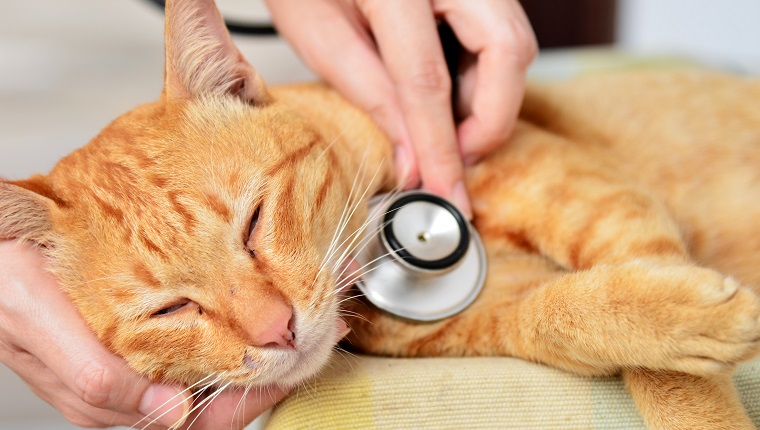Breathing difficulties in cats, often classified as either dyspnea, which involves labored breathing, or tachypnea, which involves rapid breathing, can affect all felines, no matter their age, sex, or breed.
These difficulties can involve a range of symptoms depending on the underlying cause of the condition, but it’s always something that warrants immediate medical care as the issue could become life…





